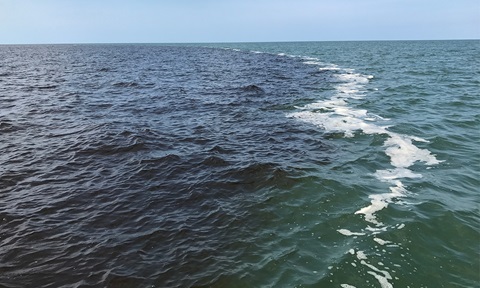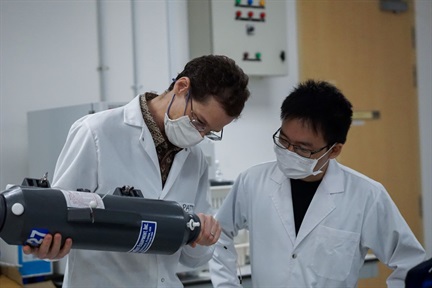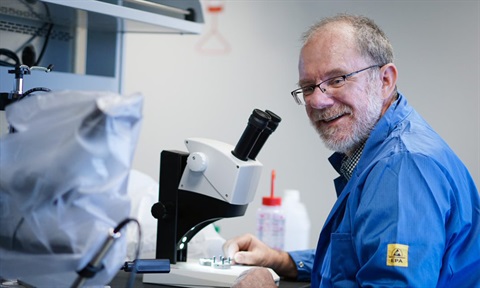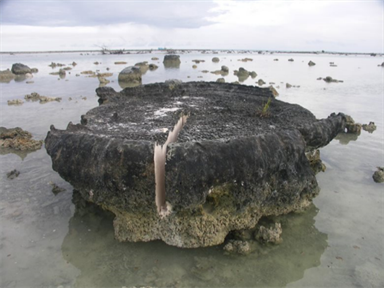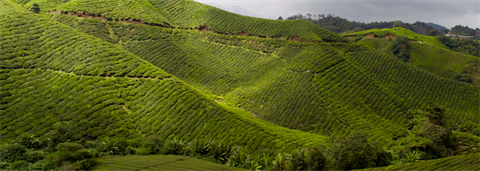How phytoplankton survive during the long polar night
Phytoplankton is made of tiny algae in the range of one to hundreds of microns, and they are responsible for the bulk of oceanic photosynthesis, contributing about half of global carbon fixation. At the poles, phytoplankton is subjected to extreme conditions going from complete obscurity during the winter to 24 h exposure to sunlight during the summer. With the occurrence of global changes driven by anthropogenic activities, the arctic region is more severely affected by warming than temperate and tropical regions. In the last 10 years there have been increasing efforts to understand the phenology of phytoplankton production in polar regions, especially in the Arctic where countries like Canada are conducting extensive research programs.
One nagging question has been to understand how phytoplankton, which require light to perform photosynthesis and therefore proliferate, survive during the polar night. One hypothesis is that they produce resistant forms such as spores or cysts. This is certainly true for some groups such as diatoms, which have cells encased in silicon. However, some species are very small (a few microns, called picoplankton) and are not known to produce resting forms.
An alternative strategy could be to switch to an heterotrophic mode of nutrition, i.e. capturing and eating bacteria. Such species that can switch between photosynthesis and bactivory are called mixotrophs (capable of mixed nutrition). The dominant picoplankton species in Arctic waters, called Micromonas polaris (see Fig), was hypothesized to be a mixotroph in a high impact paper published in 2013 [1] that was widely cited as explaining the polar night paradox. However these findings had not been replicated since.
NTU visiting Professor Daniel Vaulot has now published a new experimental study performed by his post doctoral researcher Valeria Jimenez [2] that demonstrates that Micromonas polaris seems unable to ingest bacteria under a very wide range of conditions (light, obscurity, starvation). Quite interestingly, analysis by co-author John Burns from the Bigelow Laboratory in the USA of the genes expressed by Micromonas polaris confirm that this species does not possess the complement of the genes necessary to ingest bacteria.
How Micromonas polaris survives the winter under the snow and ice cover that creates a completely dark world remains a mystery and more studies are necessary to understand this fascinating tiny organism which proliferates as soon as the sun melts the ice...
[1] McKie-Krisberg, Z. M., & Sanders, R. W. (2014). Phagotrophy by the picoeukaryotic green alga Micromonas: Implications for Arctic Oceans. The ISME Journal, 10, 1953–1961. https://doi.org/10.1038/ismej.2014.16
[2] Jimenez, V., Burns, J. A., Gall, F. L., Not, F., & Vaulot, D. (2021). No evidence of phago-mixotropy in Micromonas polaris (Mamiellophyceae), the dominant picophytoplankton species in the Arctic. Journal of Phycology, https://doi.org/10.1111/jpy.13125


